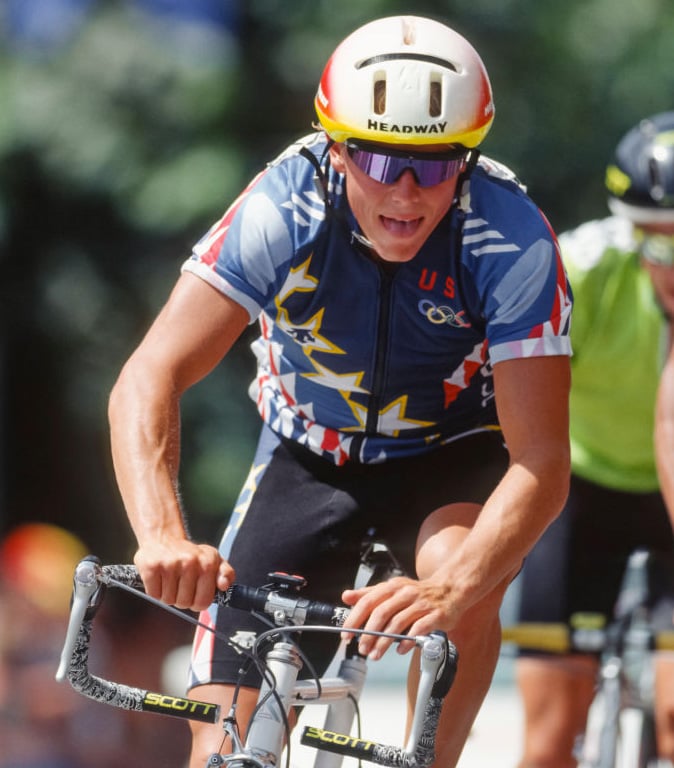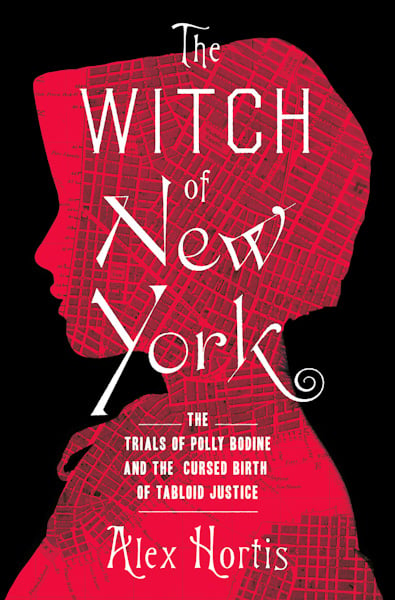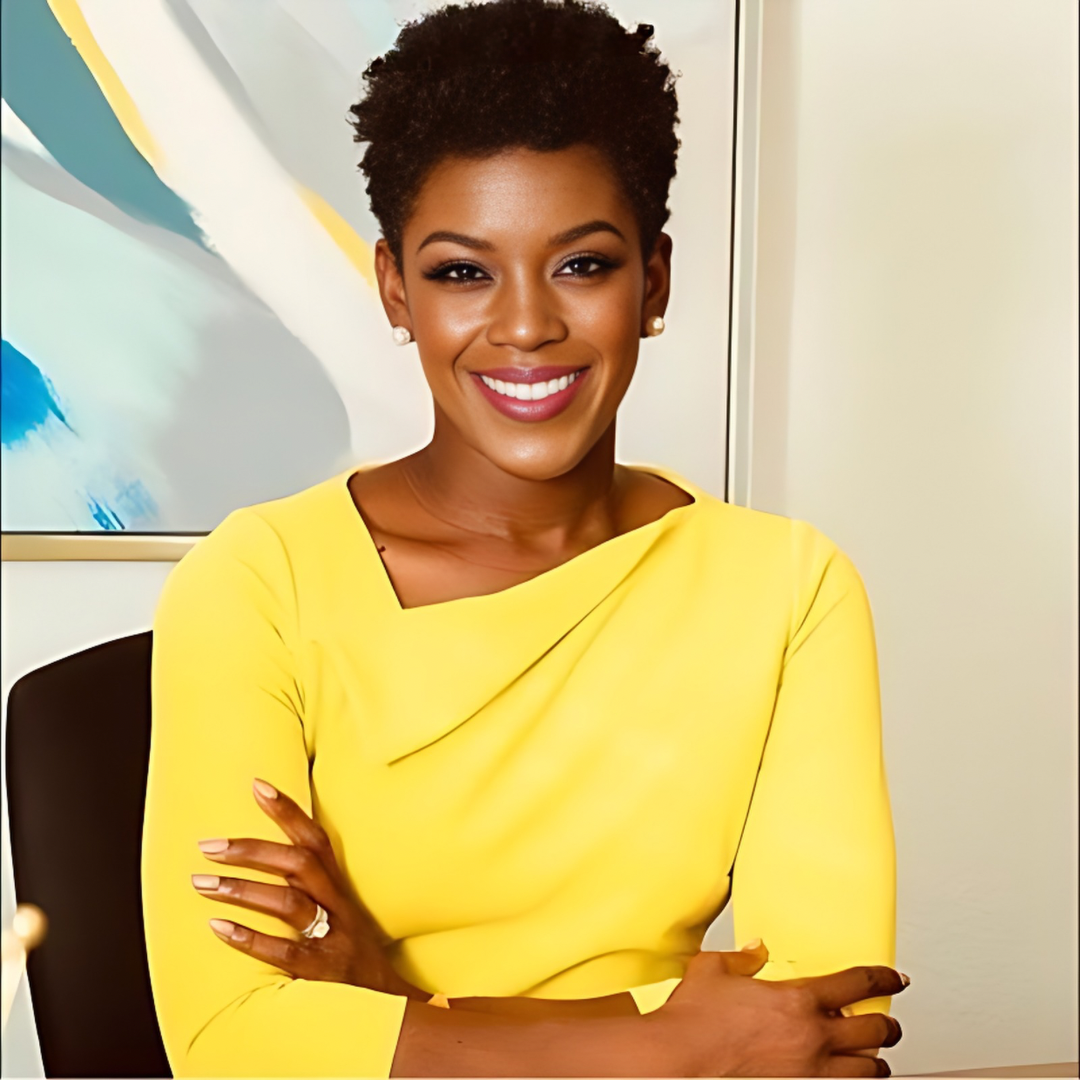Two-time Olympic cyclist turned 'bicycle attorney' talks about the road to bike law

Bob Mionske competed in the Men’s Cycling Road Race in Sant Sadurní d’Anoia near Barcelona, Spain, on Aug. 2, 1992, during the 1992 Summer Olympics in Barcelona. Photo by David Madison/Getty Images.
On Sunday, some of the world’s greatest bicyclists will cross the finish line of the Tour de France. The grueling competition, covering 2,100 miles over three weeks, will end on Paris’ Avenue des Champs-Élysées. The cyclists will have a lot to contend with as they race on the city’s famed street. But lucky for them, that won’t include motorists.
The countless cyclists here in the states and elsewhere won’t have such good fortune.
For as long as there have been cars and bikes, the two have often struggled to peacefully coexist. Indeed, the first reported automobile accident in America is widely believed to have occurred in 1896, at the intersection of West 74th Street and Broadway on Manhattan’s Upper West Side, involving a collision between a Duryea Motor Wagon and a bicyclist.
Unlike the riders sprinting toward the Arc de Triomphe, “everyday riders,” Bob Mionske tells me, must deal with “vehicles that drive too fast, fail to keep a lookout, run stop signs, run red lights” and more. The two-time U.S. Olympic cyclist-turned-lawyer knows it well. He’s spent a career representing those on two-wheeled vehicles injured in crashes with the four-wheeled kind.
While many personal injury lawyers represent bicyclists, Mionske’s practice is exclusively dedicated to them. The Evanston, Illinois, native believes he was the first person to utter the phrase “bicycle attorney” or “bike attorney.”
In a telephone interview from Portland, Oregon, where Mionske, 60, is a partner with Coopers, a San Francisco-based personal injury firm, the former professional cyclist with over 100 wins during his racing career, shared his road to becoming a bicycle attorney and some aspects of bicycle law. And please don’t use the term “bike accident.”
From skiing to wheeling
Mionske came to competitive cycling late. His focus had been on skiing. He was a member of the alpine ski team at the University of Wisconsin—Madison, and cycling was just something he did for conditioning.
In 1983, Mionske saw a student in his Latin class with shaved legs. Assuming he was a biker, Mionske struck up a conversation. The hairless classmate turned out to be a nationally renowned cyclist, and he introduced the skier to bike racing.
“After a while,” Mionske says, “I was having better results racing bikes.” So, he made the leap. By 1986, he was racing for amateur teams and earned a spot on the U.S. National Team for the 1988 Olympics in Seoul, Korea. Mionske took fourth place in the road race. A photo finish showed that he missed the bronze medal by inches. Mionske would become the U.S. national road race champion in 1990 and returned to the Olympics in 1992 in Barcelona, Spain.
Mionske made a living as a cyclist for a decade. But “like any athlete,” he says, “you come to the end of the road.” However, “I still had my mind to use for a few decades.”
 Bob Mionske: “I had an inkling there was enough of a demand. I had some profile in the sport, and I thought maybe I could gather up clients and just specialize in cycling work. So, I went for it.”
Bob Mionske: “I had an inkling there was enough of a demand. I had some profile in the sport, and I thought maybe I could gather up clients and just specialize in cycling work. So, I went for it.”
Breaking away
He enrolled at Willamette University College of Law in Salem, Oregon. Having been in many sprints to the finish line with cyclists attacking each other, Mionske says that he was “drawn to that almost pugilistic sense of trial work.”
Mionske’s future legal career was inspired, in part, after a lawyer representing an injured biker hired him as an expert. Mionske recalls that the defense attorney argued that the biker “wasn’t holding the handlebars correctly and had caused his own injuries.” Mionske tells me that he reviewed the case and gave his professional expert opinion of what happened.
That experience, Mionske says, “opened my eyes to the special needs that cycling clients have.”
Law students naturally draw on their backgrounds to face the challenges of the three-year journey. For the former Olympian, that well was deep.
“Law school, at least in that first year, it’s all about competition,” Mionske tells me. Athletes are also aware that with the thrill of victory comes the agony of defeat. Law school requires “staying focused, even when you are getting feedback that isn’t what you want.” And being an athlete is as much about losing as it is winning, Mionske says. But “You stay the course.”
Mionske graduated from Willamette and went to work for a firm in Madison, Wisconsin, representing the full array of injured people, but he began looking for a way to practice law for himself.
Often riding his bike in groups, Mionske would hear about people getting hit by automobiles and how the system was treating them. “Insurance companies, responding police officers and defense attorneys,” he explains, “had a misunderstanding in those early years of the rights of cyclists. So, there was a need to fill that gap.”
“I had an inkling there was enough of a demand. I had some profile in the sport, and I thought maybe I could gather up clients and just specialize in cycling work. So, I went for it.”
Pedal power
Mionske’s knowledge of bicycle law is breathtaking. It is on display in his 2007 book Bicycling & the Law—Your Rights as a Cyclist.
As you would expect, it has much to say about collisions between cars and bikes and the countless laws that govern their rights—and battle—for the road. But the 300-plus page title also addresses all manner of issues that don’t immediately come to mind, such as cycling while intoxicated, bike theft, harassment against cyclists, being chased by a dog, insurance, defective bikes, handling your own traffic ticket and on and on. The range of subjects is wide—from a biker’s constitutional right to ride to advice about what to do when nature calls while on the road (including a discussion of case law that has addressed this predicament).
While Mionske acknowledges that there are good generalist personal injury attorneys who can ably represent injured cyclists, there are also advantages to having one who does nothing else. “You get fact patterns over and over and over again and they fall into columns,” Mionske explains. “They are not novel for us.” There are also several aspects of liability, damages and insurance that are unique to a cycling case, he explains.
Mionske describes having success in filing motions in limine to prevent defense counsel from using the word “accident” to describe the impact between a bike and automobile. They are “collisions,” he tells me. The distinction seems inconsequential, but not to the first person to even use the term “bicycle attorney.”
“Accidents are typically understood to be things that no one can help; they just happen. In a way, it works to absolve the responsible party,” Mionske explains. “When you repeatedly call it an accident, it works to undermine the critical analysis of how the collision occurred.”
Understanding cyclists’ rights
At the heart of bicycle law is the cyclist’s right to the road. In some states, it has long existed. New York adopted Chapter 704 of New York Law 1887 declaring that bicycles “and all other vehicles propelled by manumotive or pedomotive power” are “carriages” and all persons riding them upon public highways “shall be entitled to the same rights and subject to the same restrictions in the use” as “persons using carriages drawn by horse.”
“Once bicyclists were brought into the legal system,” Mionske says, “the rights of cyclists as well as their corresponding duties were now enforceable by the courts.”
With 50 state vehicle codes, those rights and duties are legion. While efforts at uniform traffic laws have led to similarities among states, there is still enough difference that riders and motorists need to know the rules of their particular road.
“One of the most crucial and enjoyed rules of the road that relate to cyclists,” Mionske says, “is the stop and yield. In several states, you can come to a stop sign and treat it as a yield sign. You don’t have to come to a stop and put your foot on the ground and then take off again. … But you can get a ticket for doing that in California.”
When it comes to cyclists’ right to the road, one statute is often misapplied. The law generally requires that when a cyclist is operating “at less than the normal speed of traffic,” he or she must ride “as close as practicable” to the right-hand curb except under certain conditions.
This, Mionske says, means that cyclists “are required to ride as close as can reasonably be accomplished under the circumstances to the right.” However, he says that “law enforcement officers and prosecutors have often asserted that ‘practicable’ means ‘possible,’ ‘practical’ or ‘x number of feet from the curb.’”
They’re wrong, he says, and it can make a big difference.
Much has changed since Mionske first uttered the words “bicycle attorney.”
“I think it’s safer now. I think there is more respect for cyclists,” he says. “But, at the same time, we have a whole new generation of drivers that has never been without a phone in their hand.”

Randy Maniloff is an attorney at White and Williams in Philadelphia and an adjunct professor at the Temple University Beasley School of Law. He runs the website CoverageOpinions.info.
This column reflects the opinions of the author and not necessarily the views of the ABA Journal—or the American Bar Association.



